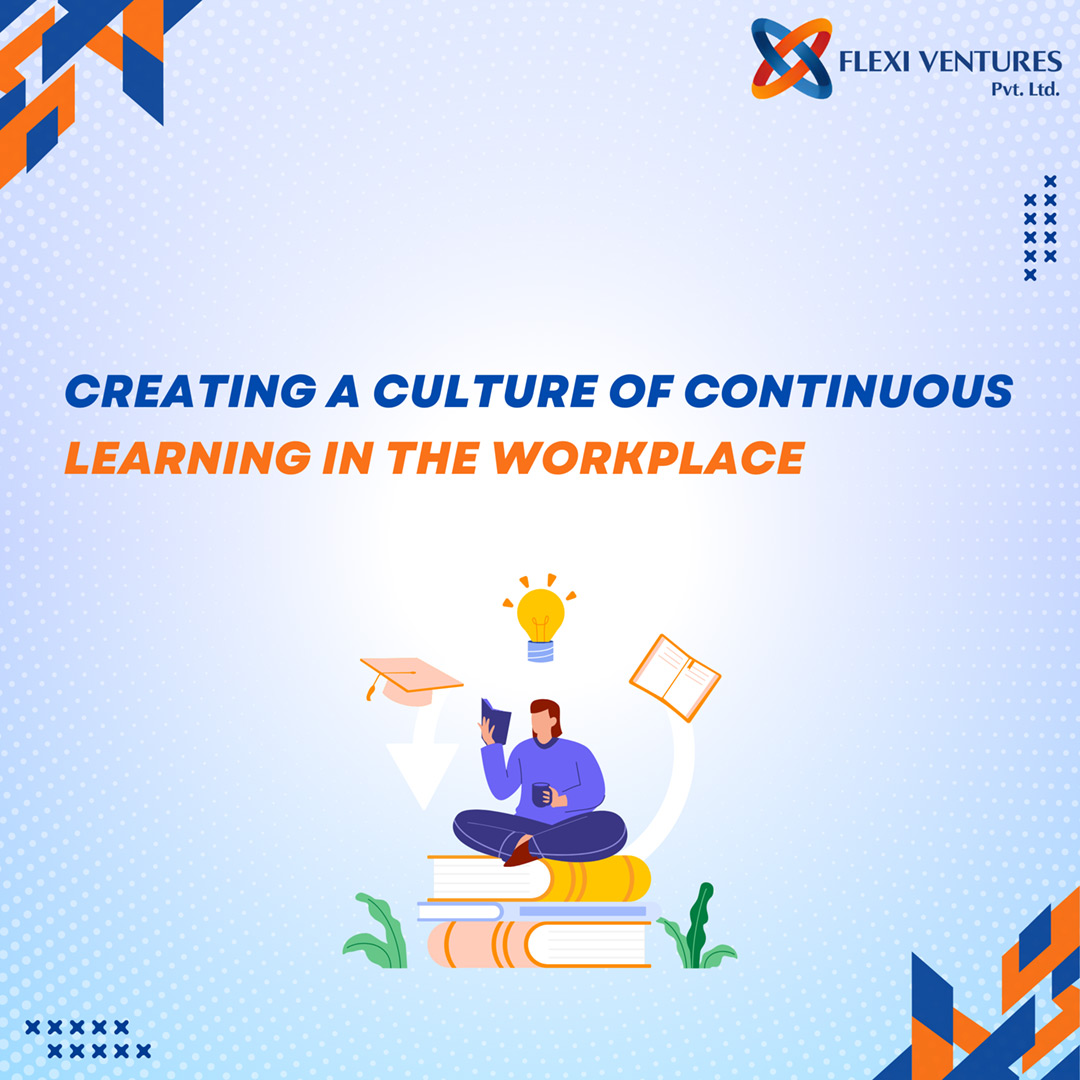A learning culture goes beyond ensuring team members possess the fundamental knowledge and skills required for their roles. While employees should already be proficient when hired and trained, a learning culture focuses on continuous improvement. It encourages individuals to stretch beyond their current capabilities, adapt to new information, gain more experience, and respond to changing circumstances.
This concept encompasses a wide range of formal and informal activities and can be structured or unstructured. Continuous learning can include formal courses, observing more experienced colleagues, seeking help with unfamiliar topics, exploring new work methods, studying, engaging in casual conversations, and practicing new skills.
Daily habits and practices are the foundation of continuous learning, which can persist as lifelong learning through any means of knowledge intake.
In the workplace, continuous learning initiatives can enhance employee engagement, job satisfaction, and knowledge retention. To remain competitive, organizations must adapt to changing social and economic environments. Since an organization’s success depends on its people, evolving employee skill sets to meet business demands is crucial, and continuous learning is a key strategy to achieve this.
Benefits of Continuous Learning
Continuous learning in the workplace offers numerous advantages, enhancing both individual and organizational growth.
For Individual Employees:
- Career Development: Helps employees achieve their career development goals.
- Professional Licenses and Certifications: Enables them to obtain or update professional licenses or certifications.
- New Opportunities and Perspectives: Encourages exploration of new opportunities and perspectives in both work and personal development.
- Marketable Skills: Facilitates the development of marketable professional skills through upskilling and reskilling.
For the Organization:
- Organizational Goals: Contribute to the achievement of organizational goals.
- Innovation Culture: Fosters a forward-thinking and innovative culture.
- Employee Value: Makes employees feel valued.
- Cost Efficiency: Reduces costs by investing in the ongoing development of current employees rather than training new hires.
- Competitiveness: Enhances organizational competitiveness as employees become more skilled and productive.
Continuous Learning Strategies
Strategies for implementing continuous learning include:
Structured Learning: These are formal and preorganized methods designed for specific goals and purposes. Examples include school courses, online courses, workshops, seminars, webinars, conferences, and employee or managerial training programs.
Social Learnformal: In-person or virtual, social learning includes activities like discussions, coworking, collaborative problem-solving, mentoring, and on-the-job training.
Self-Directed Learning: This involves learning through interaction and observation of others. It can be formal or iearning: These are independently managed methods that employees use to expand their skills and knowledge. This type of learning can be sporadic or follow a structured schedule, encompassing activities such as research, reading, experimentation, and practice testing.
How to Build a Continuous Learning Strategy
Building a continuous learning strategy involves several key steps, starting with leadership developing long-term goals for continuous learning and then implementing an infrastructure of courses and tools to achieve those goals.
Create a Supportive Environment: Organizations must foster an environment conducive to continuous learning, as employees focused on immediate deadlines might be hesitant to embrace new learning opportunities. Business leaders can encourage continuous learning through the following actions:
- Start with a Plan:
- Demonstrate the organization’s commitment to continuous learning by developing a clear action plan.
- Define where learning plans will be administered, whether at the individual, team, departmental, or organizational level.
- Facilitate a dialogue between management and employees to clarify objectives and priorities.
- Leadership:
- Ensure that a continuous learning culture is championed by leadership.
- Communicate management’s full support for continuous learning activities.
- Sustainability:
- Provide ongoing resources to support and maintain the continuous learning culture.
The Biggest Mistakes Employers Make
1. Lack of Clear Goals:
- Without understanding the intended goals of a learning opportunity, it’s difficult to measure its success and cost-effectiveness. Employers must define employees’ learning objectives from the outset.
2. Focus on Completion Over Mastery:
- Avoid fixating on simply completing training for the sake of meeting requirements. Understand what mastery of new knowledge or skills looks like and ensure employees can demonstrate this. The real ROI of education and training is evident when employees can apply what they’ve learned, which is particularly crucial for salary increases and promotions.
3. Irrelevant Learning Opportunities:
- Spending money and time on irrelevant learning opportunities can be wasteful. Ensure that learning is directly related to an employee’s current job or future career development. If it’s not, it’s beyond the scope of what the company should support.
4. Lack of Leadership Modeling:
- If leaders don’t model a learning culture, employees won’t take it seriously. Continuous learning should be a top-down initiative, supported by the company’s upper echelons.
Summing it All Up
A continuous learning culture is essential for companies and employees to thrive amid changing markets and industries. It helps companies stay competitive, align with customer expectations, and ensure compliance while enabling employees to advance their careers more effectively.
To foster this culture, you need to implement policies, processes, and programs that highlight the importance of learning in your workplace. Work individually with employees to overcome resistance and adjust hiring tactics to build a team of enthusiastic learners.
Before an employee starts a learning opportunity, determine its relevance and value to your business, define the learning objectives, and confirm mastery of new knowledge or skills—especially if it’s linked to salary increases or promotions.
For more information on HR consulting or support services visit our website
Visit our Website – www.flexiventures.in
Call – 8080100001
Email – contact.us@flexiventures.in

